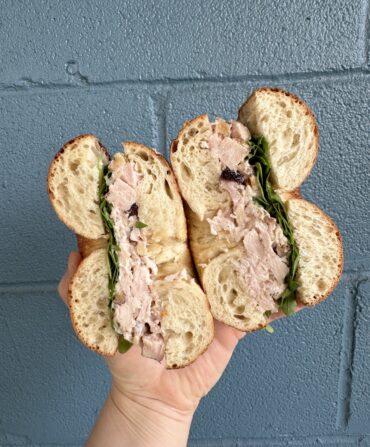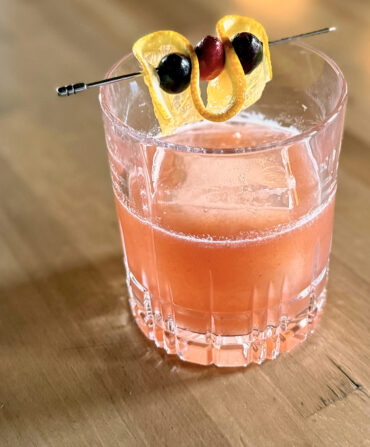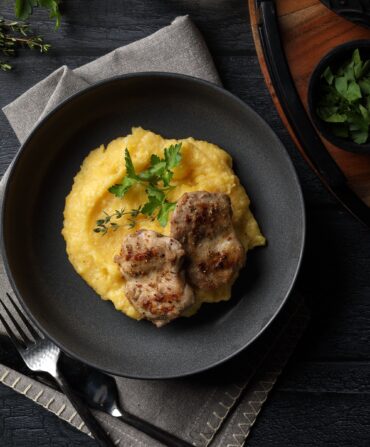The South is not lacking in native pines. From the longleaf to the slash pine, evergreens line byways from Florida to Kentucky. Given such abundance, you may not be surprised to learn that Southerners have eaten pine in various forms for generations. In the Myrtle Beach area, cooks in turpentine camps once boiled sweet potatoes in murky pine sap. The region’s pine bark stew may take its name from the bygone tradition of simmering it over a smoldering bed of aromatic pine bark, or even a nearly forgotten secret ingredient: pine root. And to the south, at McCrady’s restaurant in Charleston, South Carolina, adventurous diners can now snack on pine-roasted potatoes, a seasonal addition to the bar menu.
McCrady’s chef de cuisine Daniel Heinze was following the lead of a colleague overseas when he began roasting fingerling potatoes in local pine needles, which impart a whisper of woodsy smoke and a gentle citric bite. (Think rosemary, but much subtler.) At Noma in Copenhagen, chef Rene Redzepi cooks asparagus on pine branches, and seasons it with pine vinegar and pine oil. These days, though, the thirty-one-year-old McCrady’s chef has plenty of regional company: Sedesh Boodram, the chef de cuisine at Birmingham restaurant Hot and Hot Fish Club, recently prepared marrow-stuffed pine needle ravioli, and Katie Button drizzles fresh pine oil over sorbet at Cúrate, her Asheville restaurant.
Dressed with fermented leek crème fraiche, pine oil, and a little bit of dill, Heinze’s pine-roasted potatoes nestle comfortably alongside other creative bar snacks: clams topped with marigold butter, gooseneck barnacles with sorrel mayonnaise, sweetbreads coated in heirloom cornmeal. At home, you can serve them with sour cream and bacon—or even just coarse salt and good butter, to allow the bright flavor of fresh pine to shine through.








